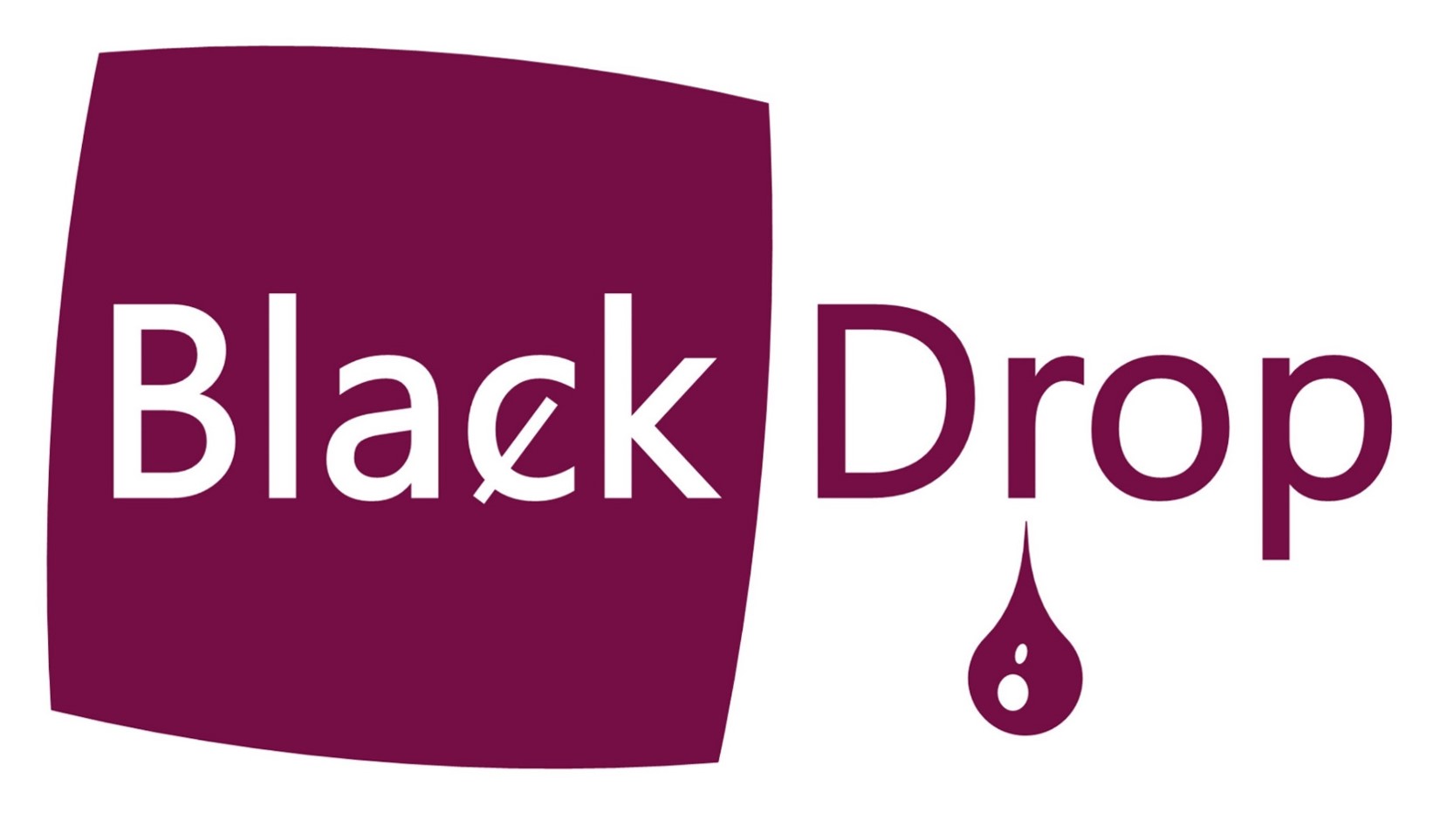Wound healing
Human skin, composed of the epidermis and dermis, is a complex organ with multiple cell types and structures. The epidermis, the outermost layer, primarily consists of keratinocytes, while the dermis houses fibroblasts along with blood vessels, nerves, and skin appendages like sebaceous and sweat glands. This complexity poses a significant challenge in replicating skin tissue for wound healing applications.
Bioprinting technology uses various methods, including extrusion or inkjet printing, to create skin constructs. These methods allow for precise deposition of cells and biomaterials, enabling the fabrication of multilayer skin models with both dermal and epidermal compartments.
Scientists have demonstrated the potential of bioprinting in creating functional skin grafts. These grafts typically include keratinocytes and fibroblasts to simplify the fabrication process. However, advanced approaches are exploring the inclusion of additional cell types to mimic the full complexity of human skin.
Two main approaches have been used: in vitro bioprinting and in situ bioprinting. In vitro bioprinting involves printing, culturing, and maturing skin grafts before transplanting them onto the wound site. In contrast, in situ bioprinting involves the direct deposition of cells and biomaterials onto the wound site using robotic arms, offering immediate wound coverage and promoting faster healing by leveraging the body’s natural healing processes.
The applications of bioprinted skin are groundbreaking, ranging from treating chronic wounds and burns to developing advanced models for drug testing and disease modeling. As the technology progresses, it is expected that bioprinted skin grafts will become more sophisticated, incorporating vascularization, innervation, and skin appendages to fully replicate natural skin.
In summary, bioprinting holds immense potential in advancing wound healing treatments by providing customizable, precisely engineered skin grafts. Continued research and development in this field promise to bring about significant improvements in the treatment of skin injuries and disorders, ultimately enhancing patient outcomes and quality of life.
